As spring unfolds with its vibrant colors and renewed wildlife activity, bird enthusiasts eagerly set up feeders to attract feathered visitors. However, this seasonal ritual often faces an unintended challenge: neighborhood cats viewing these feeding stations as personal hunting grounds. The intersection of our desire to nurture wild birds and our feline companions’ natural predatory instincts creates a genuine dilemma for wildlife lovers. Understanding how to effectively keep cats away from bird feeders isn’t just about protecting your bird seed investment—it’s a matter of ecological responsibility, wildlife conservation, and even neighborhood harmony during this critical spring season.
Understanding the Natural Predator-Prey Dynamic
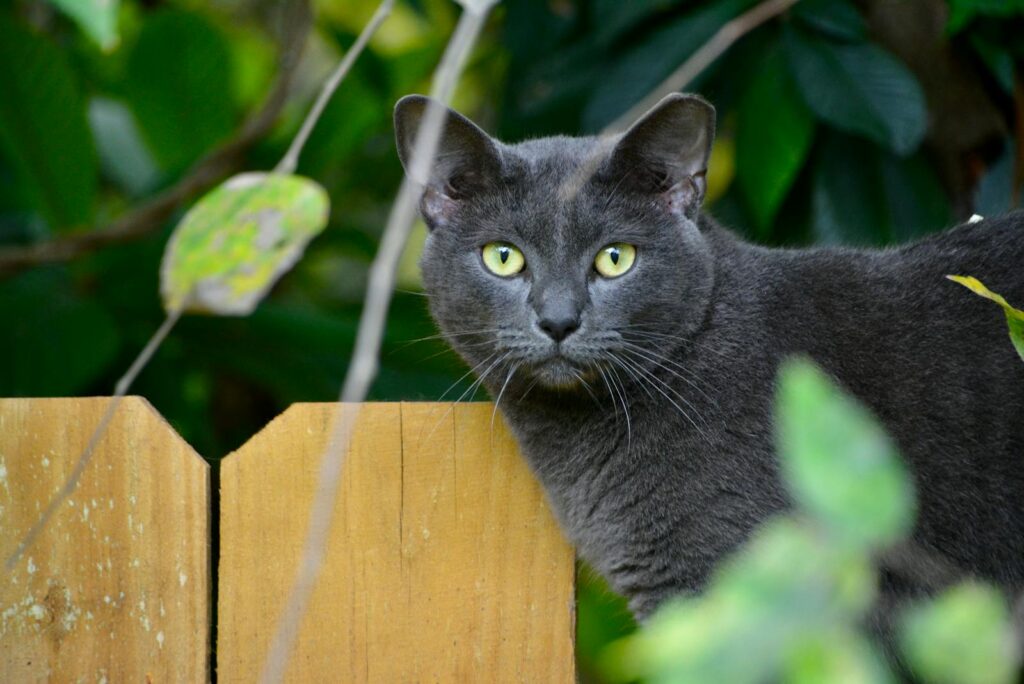
Cats, whether domestic or feral, are instinctive hunters with wildlife predation deeply embedded in their DNA. Even well-fed house cats will stalk and hunt birds due to their innate predatory drive rather than hunger. Research from the Smithsonian Conservation Biology Institute estimates that cats kill between 1.3 and 4 billion birds annually in the United States alone, making them one of the most significant human-influenced threats to wild bird populations. Spring is particularly problematic as this season coincides with nesting and fledgling periods when young, inexperienced birds are especially vulnerable to predation. Understanding this natural dynamic helps cat owners and bird enthusiasts recognize that intervention isn’t about changing a cat’s nature but rather responsibly managing an artificial situation that bird feeders create.
The Ecological Impact of Feline Predation at Feeders
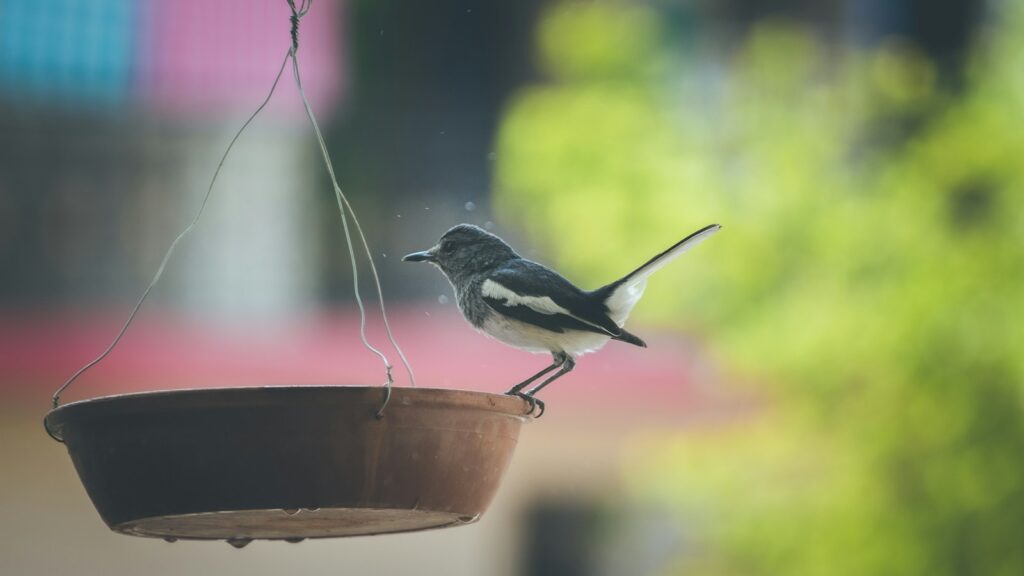
Bird feeders inadvertently create ecological hotspots that can disrupt natural population dynamics when cats are added to the equation. By concentrating birds in a predictable location, feeders can unknowingly facilitate higher predation rates than would naturally occur in the wild. Studies have shown that areas with bird feeders frequented by cats can experience local bird population declines of certain vulnerable species. Some conservationists have documented cases where entire local populations of ground-feeding birds have been decimated due to persistent cat predation at feeding stations. Beyond direct predation, the mere presence of cats creates a “landscape of fear” that can alter bird behavior, reducing feeding efficiency, increasing stress hormones, and potentially impacting reproductive success during the critical spring breeding season.
Spring: A Season of Heightened Vulnerability
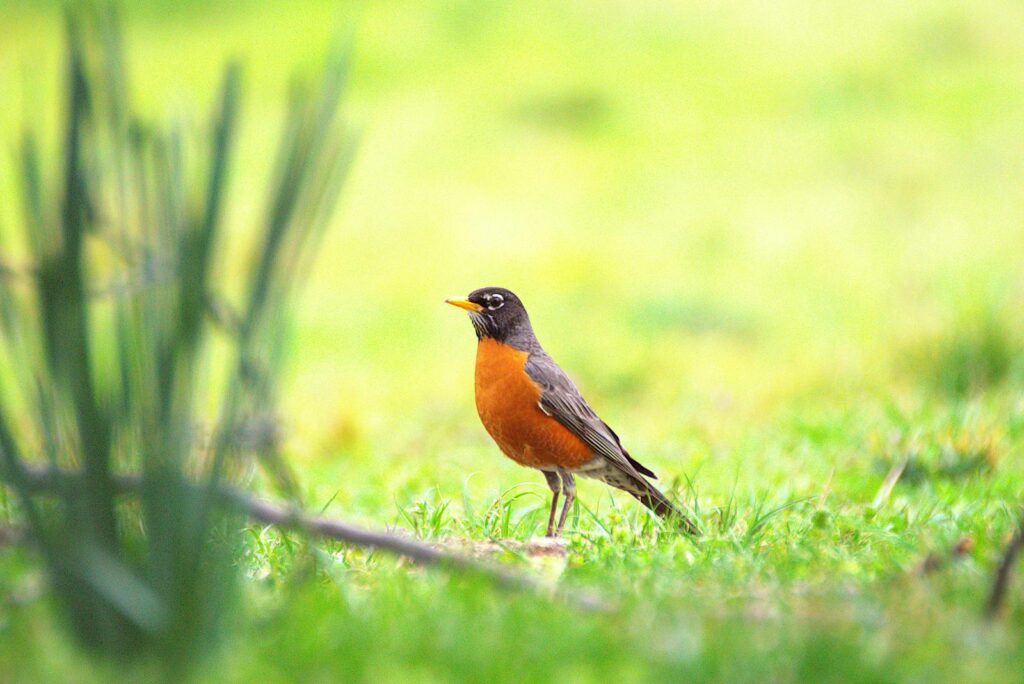
Spring represents a particularly critical time to address cat access to bird feeders due to the seasonal vulnerability of bird populations. During this season, many species are nesting, with inexperienced fledglings taking their first flights and spending significant time on or near the ground where they’re especially susceptible to predation. Migratory birds return exhausted from long journeys, often in depleted physical condition, making feeder stops crucial for recovery but also creating windows of vulnerability. The concentration of breeding birds around reliable food sources means that predation doesn’t just affect individual birds but potentially entire broods or nesting attempts. Additionally, spring coincides with increased outdoor activity for many domestic cats as weather improves, creating a perfect storm of increased predator presence during the period of highest bird vulnerability.
Strategic Feeder Placement to Minimize Cat Access
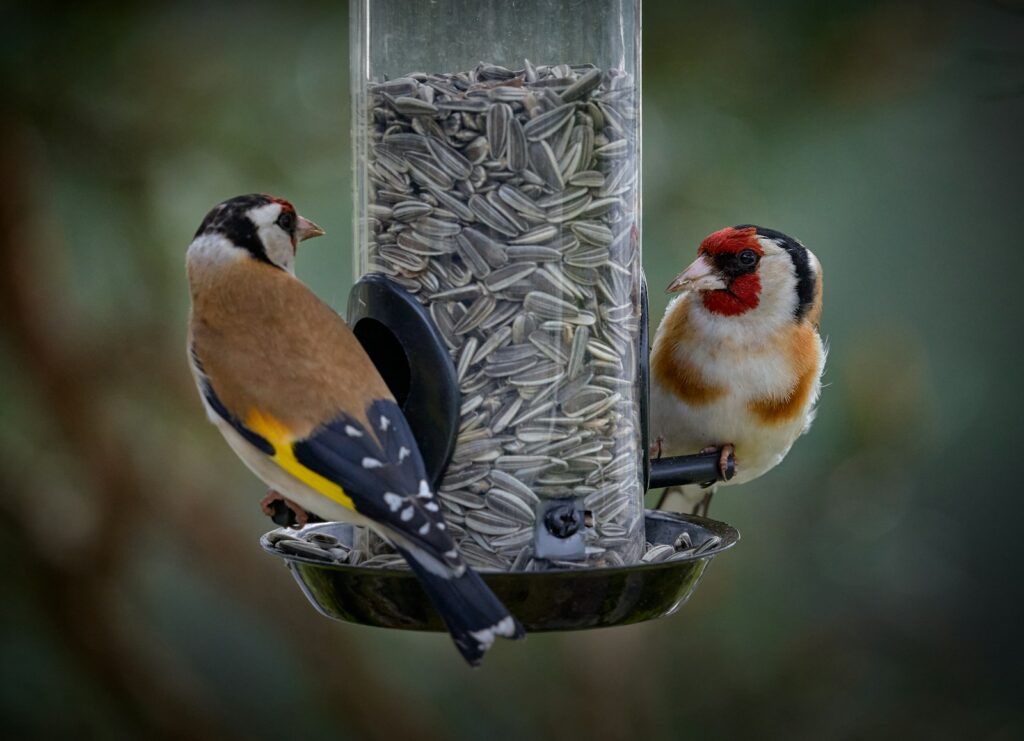
Thoughtful positioning of bird feeders represents your first line of defense against feline hunters during spring feeding activity. Install feeders at least 10-12 feet away from any structures, shrubs, fences, or trees that cats might use as launching pads for ambush attacks. Optimal feeder height should be at least 5-6 feet off the ground, with no nearby surfaces at similar heights that could provide jumping access. Consider using pole-mounted feeders with baffle systems that prevent climbing, particularly smooth metal poles that offer no grip for determined climbers. For maximum protection, position feeders in open areas where birds have a 360-degree view of approaching predators, giving them crucial seconds to escape when threats approach. Remember that proper placement not only prevents successful hunting but also discourages cats from repeatedly visiting feeding areas when they learn access is consistently difficult.
Effective Physical Barriers and Deterrents
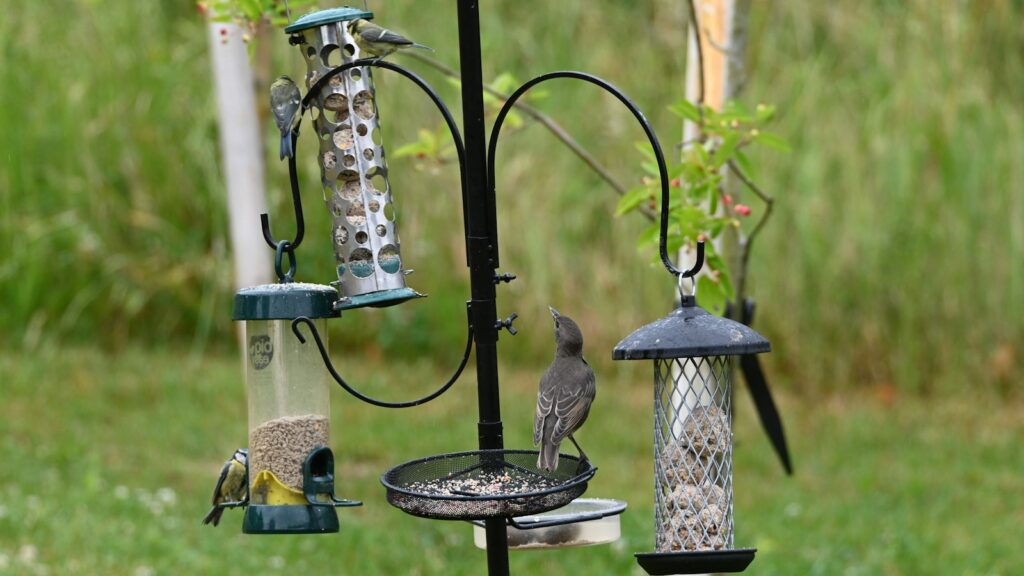
Implementing physical barriers creates reliable protection for feeding birds when strategic placement alone isn’t sufficient. Commercial cat-proof baffles—cone or cylinder-shaped devices installed on feeder poles—prevent climbing access and have proven highly effective when properly installed. For ground-feeding birds, protective cages with openings large enough for target birds but too small for cats can create safe feeding zones while excluding predators. Motion-activated sprinkler systems offer dual benefits by surprising approaching cats with harmless water sprays while providing supplemental moisture for garden areas. Some bird enthusiasts report success with specialized ultrasonic devices that emit frequencies uncomfortable for cats but inaudible to birds and humans, though effectiveness varies by individual cat. These physical solutions work best when implemented before cats establish feeding stations as regular hunting grounds, making early spring implementation ideal.
Natural Repellents That Keep Cats at Bay
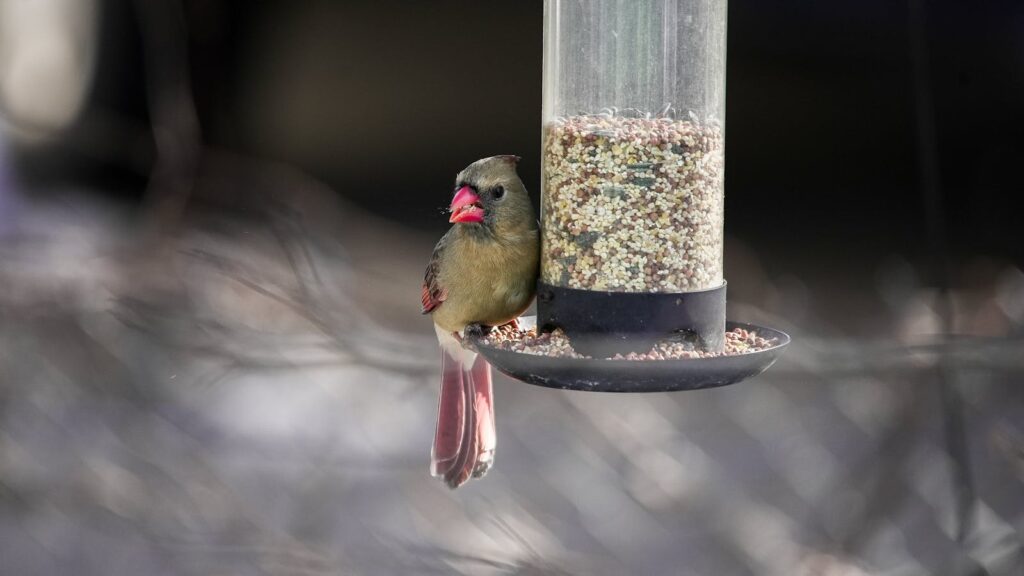
Natural deterrents offer environmentally friendly options for discouraging cats from stalking bird feeding areas without harming either species. Many cats actively avoid certain plant aromas, making strategic plantings of rue, lavender, rosemary, or Coleus canina (aptly nicknamed “scaredy cat plant”) effective perimeter barriers around feeding zones. Commercial repellent products containing predator urine compounds (usually fox or coyote) trigger instinctive avoidance behaviors in domestic cats when applied according to manufacturer directions. Some gardeners create homemade deterrent sprays using diluted citrus oils, vinegar, or coffee grounds scattered around feeder bases, though these require frequent reapplication, especially after rain. For particularly persistent cats, combining several natural approaches often proves more effective than relying on a single method, as cats may eventually acclimate to any one deterrent if highly motivated by hunting opportunities.
Technology-Based Solutions for Modern Bird Enthusiasts
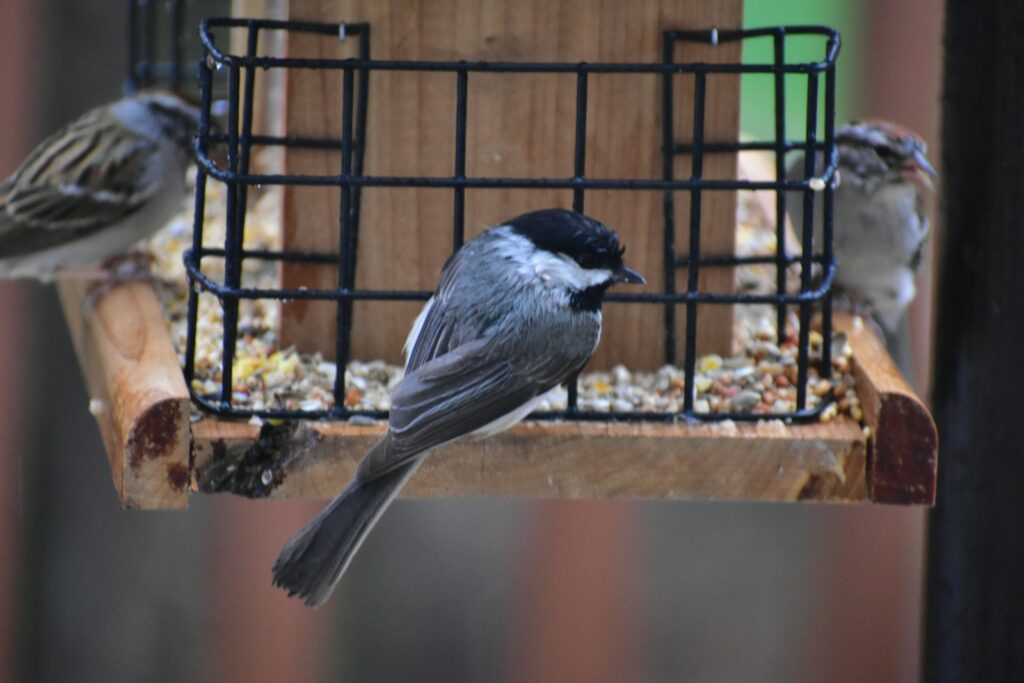
Technological innovations have expanded the toolkit available to bird enthusiasts seeking to protect feeding stations from feline visitors. Motion-activated surveillance cameras with smartphone alerts can notify you when cats approach feeders, allowing for timely intervention during critical moments. More advanced systems incorporate automatic deterrent activation, such as harmless air blasts or water sprays triggered by motion detection specifically calibrated to respond to cat-sized visitors while ignoring birds. Electronic fence technologies, originally designed for pet containment, can be adapted to create invisible boundaries around feeding zones that deliver mild static corrections through special collars when participating neighborhood cats attempt to cross the boundary. For urban bird lovers, several companies now offer smart feeders with weight-sensitive perches that close access points when animals heavier than target bird species attempt to reach the food, effectively excluding both cats and larger nuisance wildlife like squirrels.
Creating Cat-Free Feeding Zones Through Habitat Modification

Strategic habitat modification around feeding stations can dramatically reduce cat predation while enhancing the overall bird-friendliness of your outdoor spaces. Remove dense ground cover within a 10-15 foot radius of feeders to eliminate hiding spots where cats can lurk undetected while stalking birds. Consider installing decorative rock gardens with larger, smooth stones around feeder bases, creating uncomfortable surfaces for cats to navigate while providing drainage benefits for seed husks and waste. Identify and eliminate “cat highways”—subtle routes like connecting branches, fence tops, or garden features that cats use to silently approach feeding areas—by pruning connecting branches or installing physical barriers at key access points. For maximum effectiveness, pair these habitat modifications with designated bird-friendly dense cover plantings positioned at a safe distance from feeders, providing emergency retreat options when birds need to escape quickly from approaching predators.
Responsible Cat Ownership Practices for Bird Lovers
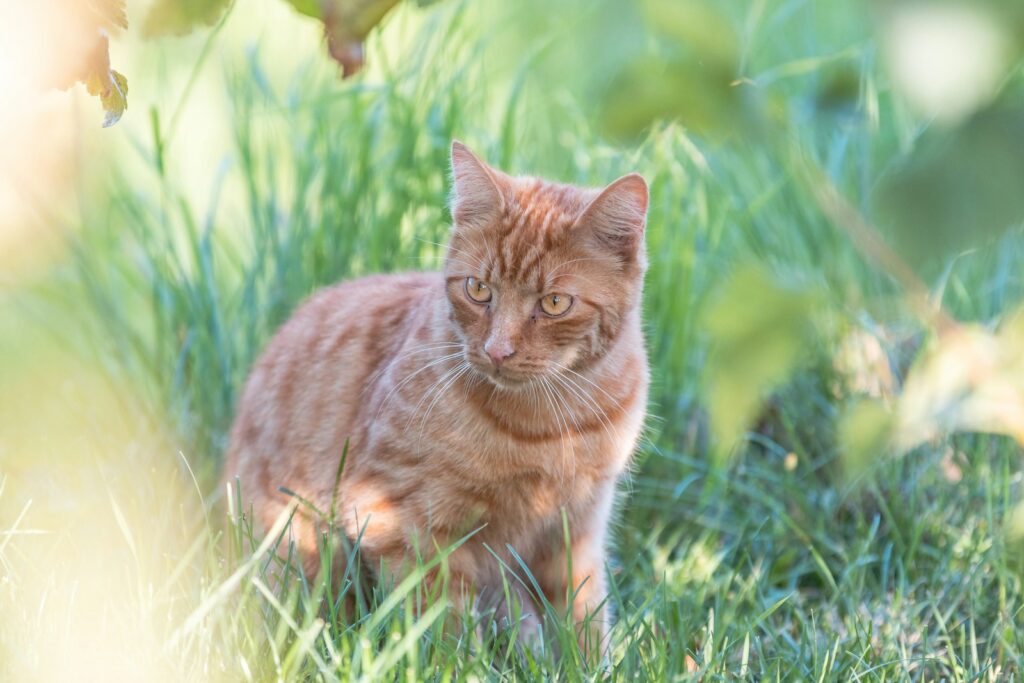
Cat owners who also appreciate birds can make significant contributions to wildlife conservation through responsible pet management practices. Indoor-only policies represent the single most effective approach, with indoor cats living longer, healthier lives while completely eliminating their impact on wild bird populations. For cats that must have outdoor access, supervised outings on harnesses or within secure catios (screened outdoor enclosures) allow felines to experience nature without posing threats to wildlife. Specialized cat bibs or colorful collar attachments designed to make stalking more visible to birds have been shown to reduce hunting success rates by up to 80% in some studies. Bell collars, while somewhat helpful, have limited effectiveness as many cats learn to stalk without activating the bell, though newer sonic collar devices specifically designed to alert birds show more promising results. These practices acknowledge both our responsibilities to our pets and to the wild birds we aim to support through feeding programs.
Community Approaches to Balancing Cat and Bird Welfare
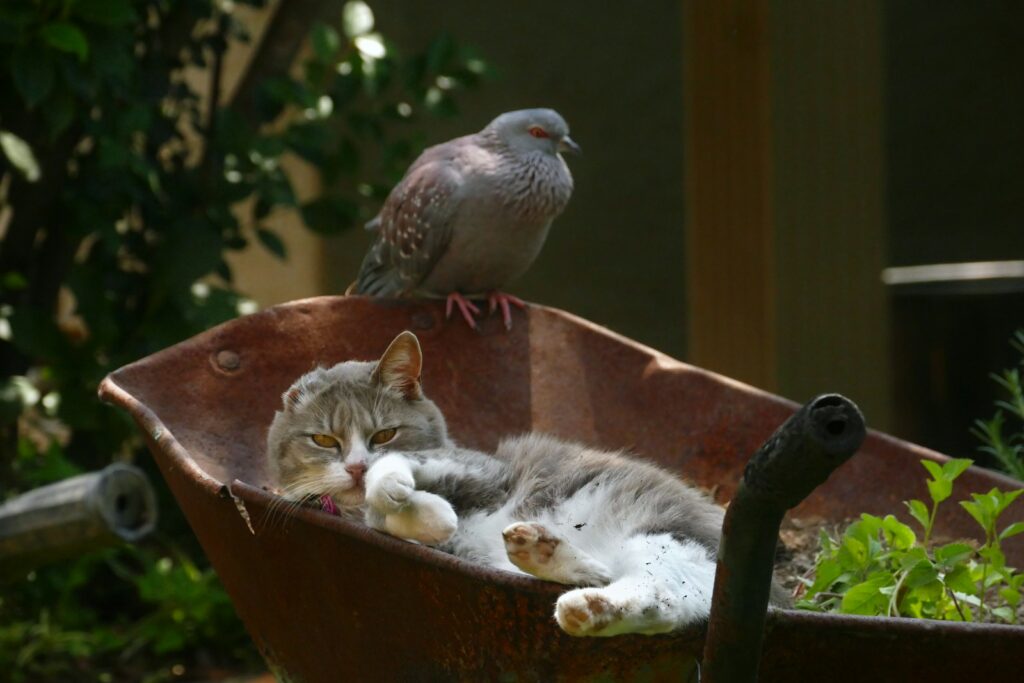
Addressing cat predation at bird feeders often requires community-level approaches, especially in densely populated neighborhoods with multiple outdoor cats. Establishing neighborhood agreements about responsible cat management during critical spring months can create collective impact far beyond individual efforts. Trap-Neuter-Return programs for feral cat populations, while controversial among some conservationists, can stabilize and gradually reduce unowned cat populations that often contribute significantly to bird predation. Educational outreach through community newsletters, social media groups, or local nature centers can raise awareness about both the ecological impacts of outdoor cats and the multiple solutions available that respect both species. Some communities have successfully implemented designated bird sanctuary areas with enhanced protections and community agreements to keep cats from these specific zones, creating safe havens for feeding and breeding birds while acknowledging cats’ presence in other areas.
Alternative Feeding Methods That Minimize Predation Risk

Creative approaches to bird feeding can significantly reduce predation risk while still supporting wild bird populations during critical spring months. Specialized window feeders attached directly to glass provide close viewing opportunities while positioning birds beyond cats’ reach, though placement away from potential launching points remains important. Hanging feeders suspended from thin cables between structures can create access points too unstable for cats to utilize while offering secure feeding stations for agile bird species. Consider timing strategies by offering food during early morning hours when birds are most active and many domestic cats may still be indoors, then removing or emptying feeders during prime feline hunting periods. Some bird enthusiasts shift their spring support to nectar feeders for hummingbirds and specialized feeders for goldfinches and other canopy-feeding species that naturally feed at heights less accessible to ground-hunting predators, providing targeted support while minimizing risk.
Legal and Ethical Considerations in Managing Cats Near Feeders
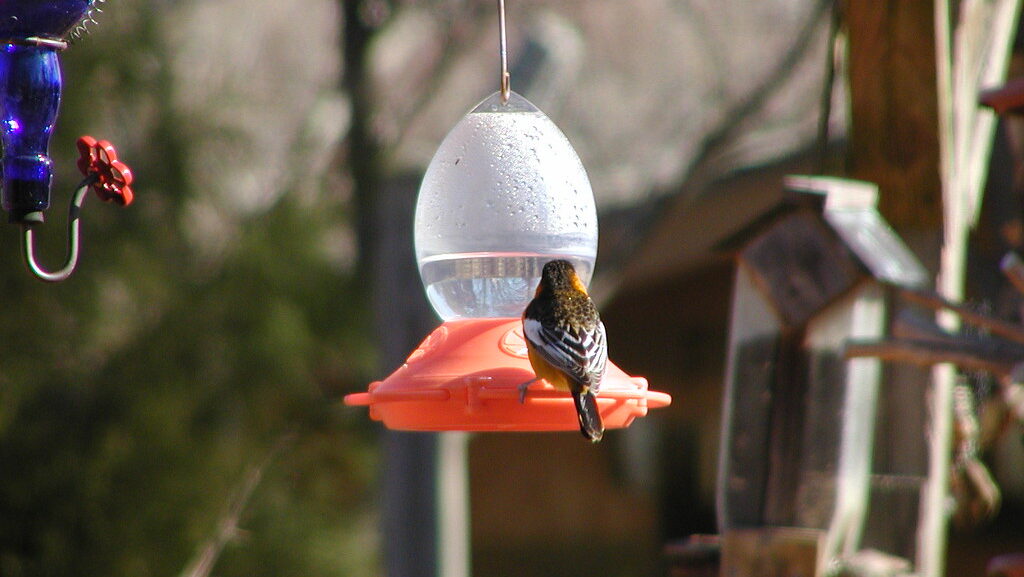
Navigating the intersection of property rights, pet ownership, and wildlife protection requires careful attention to both legal and ethical frameworks. Many municipalities have enacted ordinances addressing free-roaming cats, including leash laws, licensing requirements, or confinement regulations that may provide legal foundation for addressing persistent predation issues from neighboring cats. Wildlife protection laws in some areas create additional legal considerations, particularly regarding endangered or protected species that may visit feeders during migration or breeding seasons. When addressing neighbors’ cats visiting your property, prioritize diplomatic communication focusing on mutual concern for animals rather than accusatory approaches that frequently generate defensiveness rather than cooperation. For persistent problems without neighborly resolution, document incidents and consult local animal control authorities about legal options specific to your jurisdiction before considering any direct intervention with someone else’s pet.
Monitoring Success and Adapting Your Approach
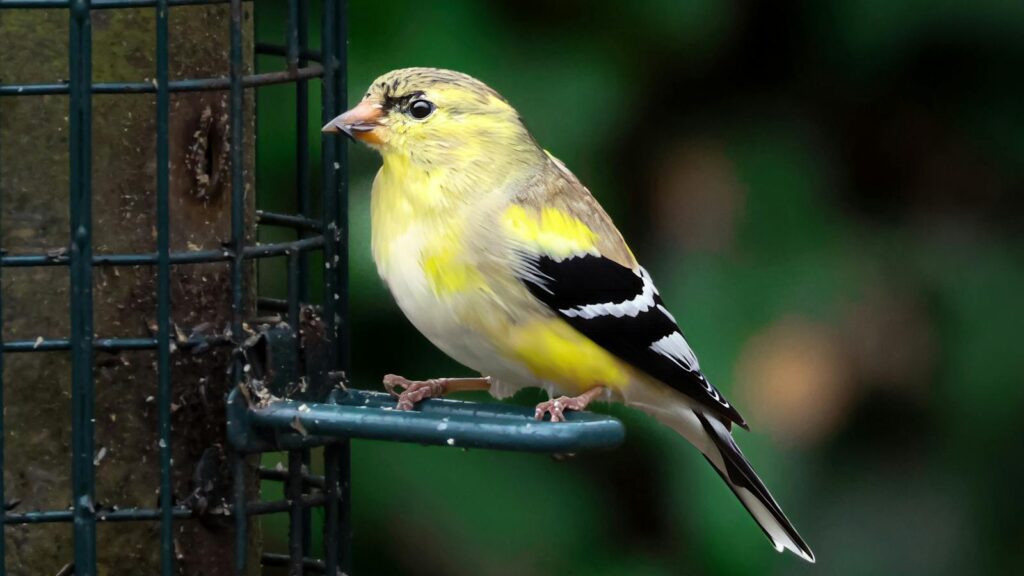
Effective cat deterrence requires ongoing observation and willingness to adjust strategies based on results. Implement a systematic monitoring program by keeping a simple log of cat sightings, predation events, and bird activity to identify patterns and measure the effectiveness of your interventions. Trail cameras or wildlife monitoring systems can provide 24-hour surveillance data, capturing activity that occurs when you’re not present to observe personally. Be prepared to layer multiple deterrent approaches if initial efforts show limited success, as cats vary greatly in their persistence and response to different deterrent types. Remember that seasonal adjustments may be necessary, with heightened protection during spring nesting season and possibly modified approaches during other times of year. With consistent monitoring and adaptation, most bird enthusiasts can achieve a workable balance that allows for continued bird feeding while minimizing predation risk from neighborhood cats.
Protecting spring bird feeders from feline hunters represents more than just a practical challenge—it’s an opportunity to thoughtfully balance our care for domestic animals with our responsibility toward wild bird conservation. By implementing strategic placement, physical barriers, technological solutions, and community approaches, bird enthusiasts can create feeding environments that support wild birds during their most vulnerable spring period while respecting cats’ natural behaviors. Whether you’re a cat owner who appreciates wildlife or a dedicated birder seeking to minimize predation, the solutions outlined here offer practical pathways to coexistence. With conscientious effort and adaptive management, we can ensure that our spring bird feeding activities contribute positively to wild bird populations while acknowledging our responsibilities to all animals that share our outdoor spaces.
